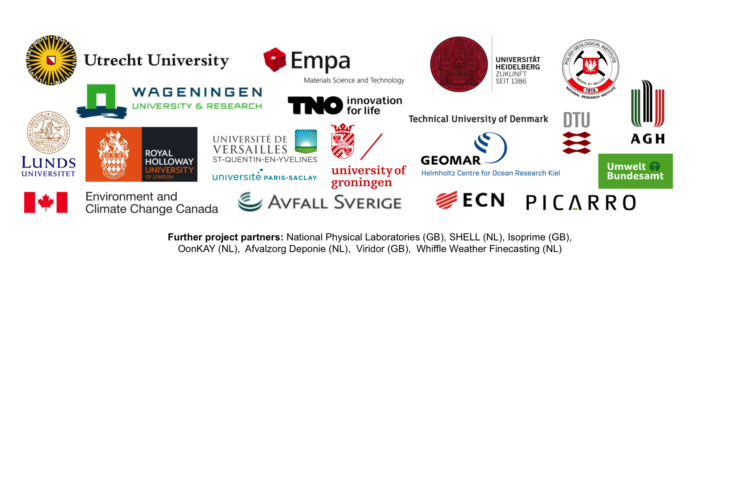MEMO2: MEthane goes MObile – MEasurements and MOdelling
MEMO2: MEthane goes MObile – MEasurements and MOdelling
MEMO2, a European Training Network (H2020 MSCA-ETN) with more than 20 collaborators from 7 countries, identifies and evaluates methane (CH4) emissions and support mitigation measures by I) developing new and advanced mobile CH4 measurements tools and networks, II) isotopic source identification, and III) modelling at different scales.
The project educates a new generation of “cross–thinking” scientists, which are able to effectively implement novel measurement and modelling tools in an interdisciplinary and intersectoral context.
MEMO2 bridges the gap between large-scale scientific estimates from in situ monitoring programs and the ‘bottom-up’ estimates of emissions from local sources that are used in the national reporting.
The conference proceedings (NCGG8, 2019) introduce MEMO2 briefly and present results of the first 2 years of the project. Please find here also an overview of MEMO2 results in general.
With respect to the recently released EU methane strategy and the implementation of independent verification of emissions by atmospheric measurements, some examples of our relevant results are given below:
Urban CH4 emissions: We can now detect and quantify CH4 leaks in cities at the street-level with mobile nigh precision analysers. View our latest blog including an illustration video about CH4 observations in two cities, Utrecht and Hamburg and the related publication. Similar studies have been carried out in >10 EU cities and more publications are in preparation. Something like this is ready to be rolled out at larger scale, also together with interested network operators.
Oil and gas production: We carried out a large study in the oil and gas production region in Romania (ROMEO), with aircraft, drones and vehicles. The final results are under evaluation and will be published soon. The campaign blogs and videos give an overview of the work done.
Coal mining: In collaboration with CoMet, another science project, we quantified the emissions from the Upper Silesian coal mining area. Results have been presented at several international conferences and a first publication is available.
Modelling: Micro-scale plume modelling is significantly improved. The two movies below show how a plume from a constant point source evolves, the upper is using a MicroHH model, the lower is using a GRAL model.
The MicroHH model show the evolution of a plume from a source at ground level, at very convective conditions and very low winds. The wind speed here is around 2 m/s. Below the plume corresponding concentrations at 3 m height and 80 m directly downwind from the source are shown. The movie indicates of what could have been seen directly downwind from a source for ~20 min. Those models help to e.g. simulate a measurement day as we had in Romania and improve sampling and measurement strategies.
In the GRAL model, 100,000 particles were released from a single source every second. The particles were advected using 1-minute averages of wind measurements from a 3D sonic anemometer set right beside the point of release. From the animation, one can see how methane theoretically spreads in a homogenous field. Since no buildings and other obstructions were placed downwind of the modelling domain, the shape of the methane plume always appear to be Gaussian.


